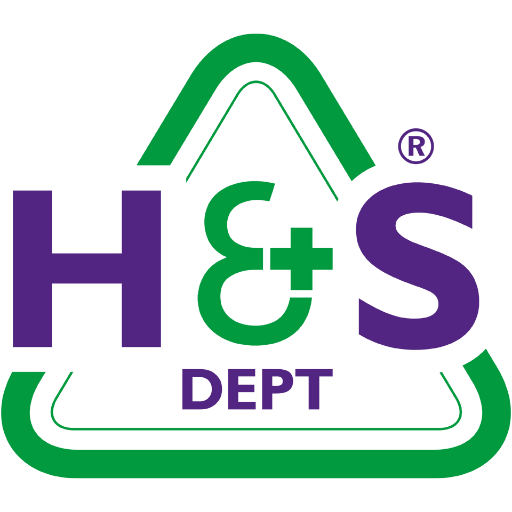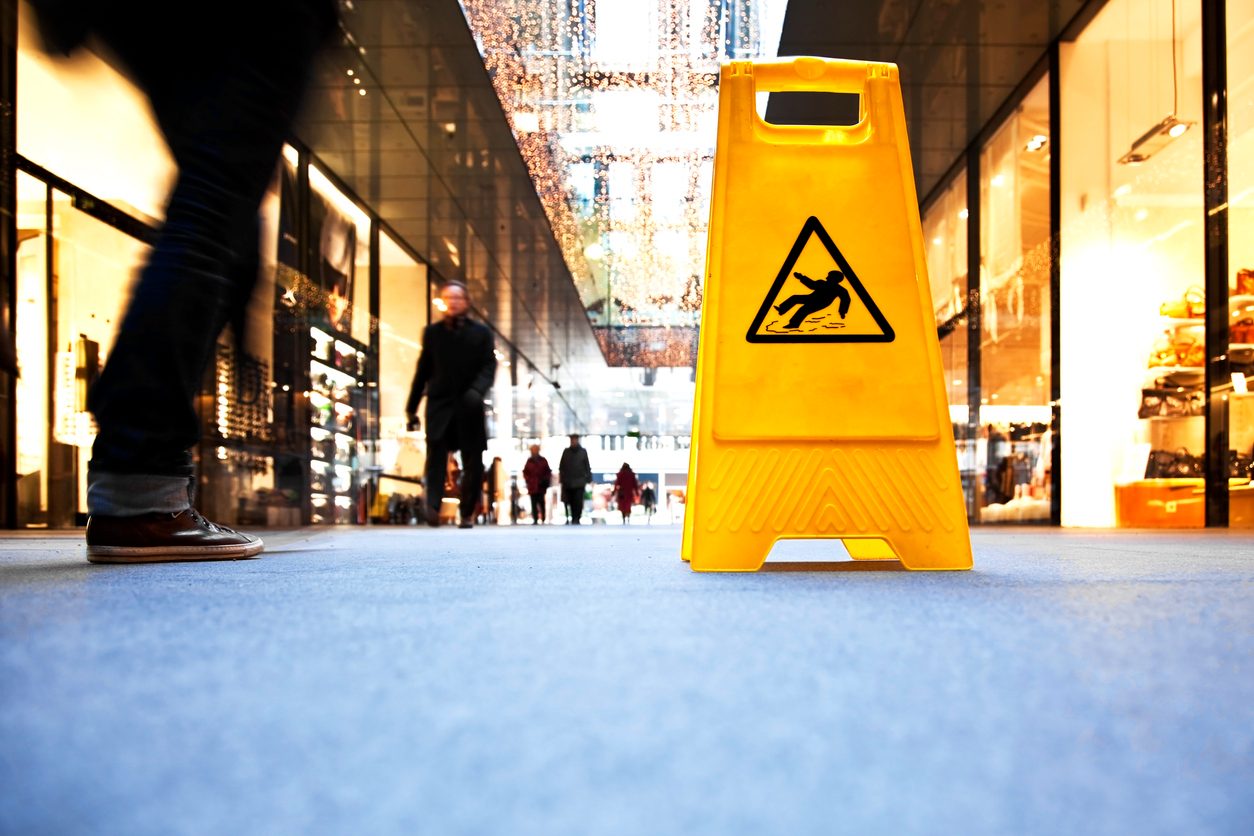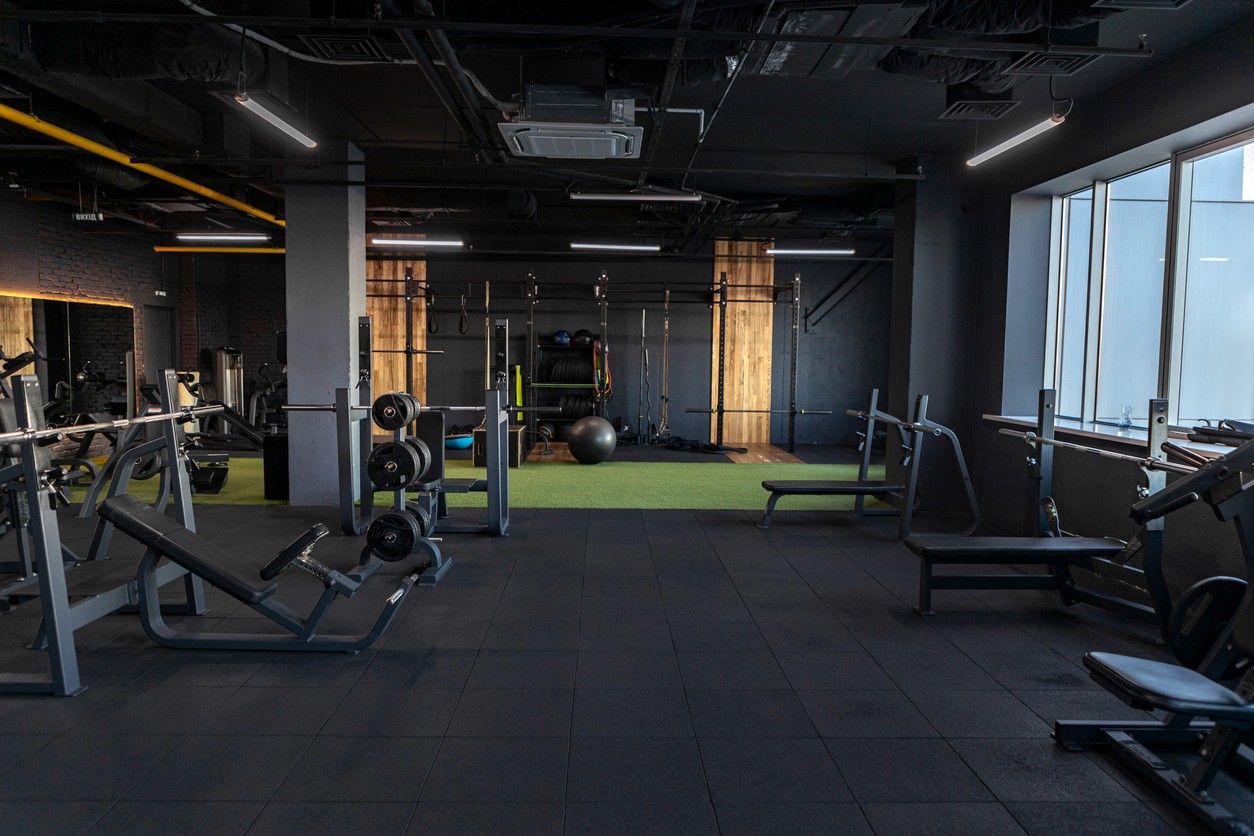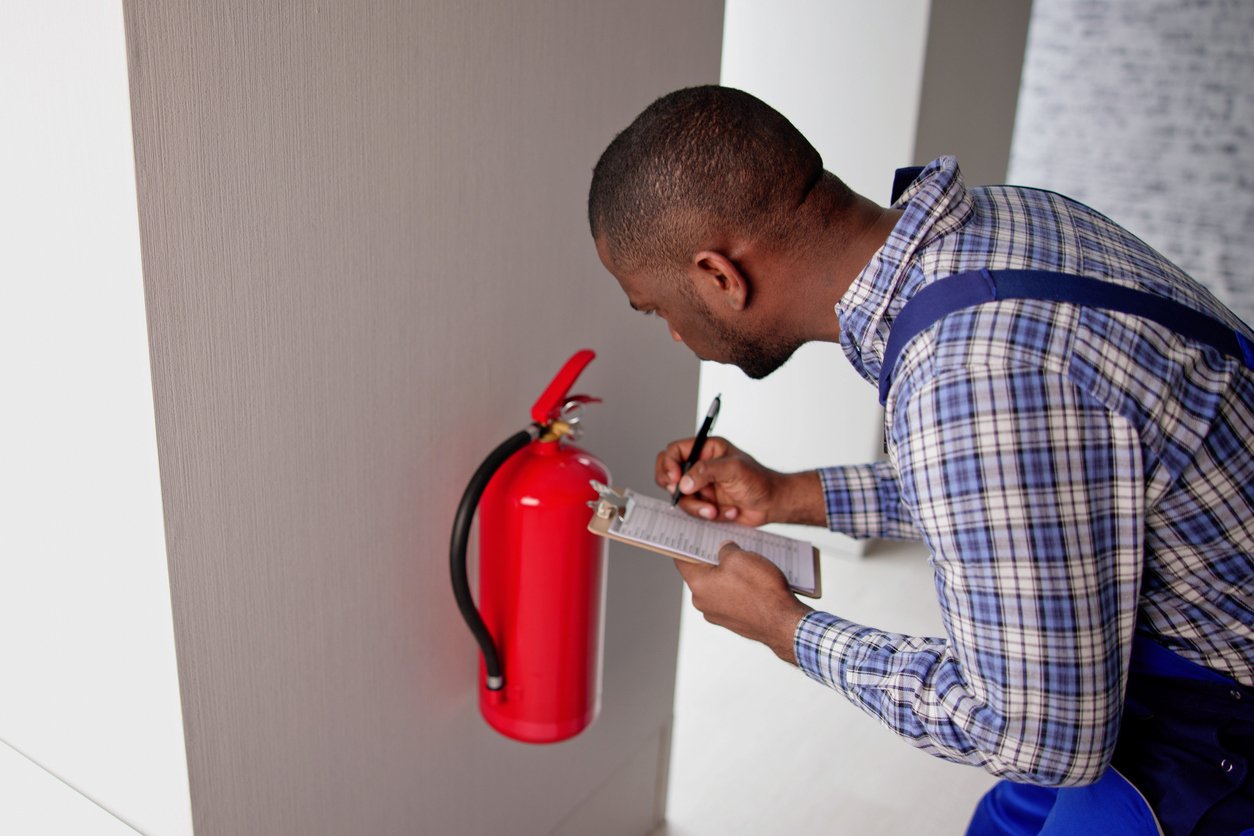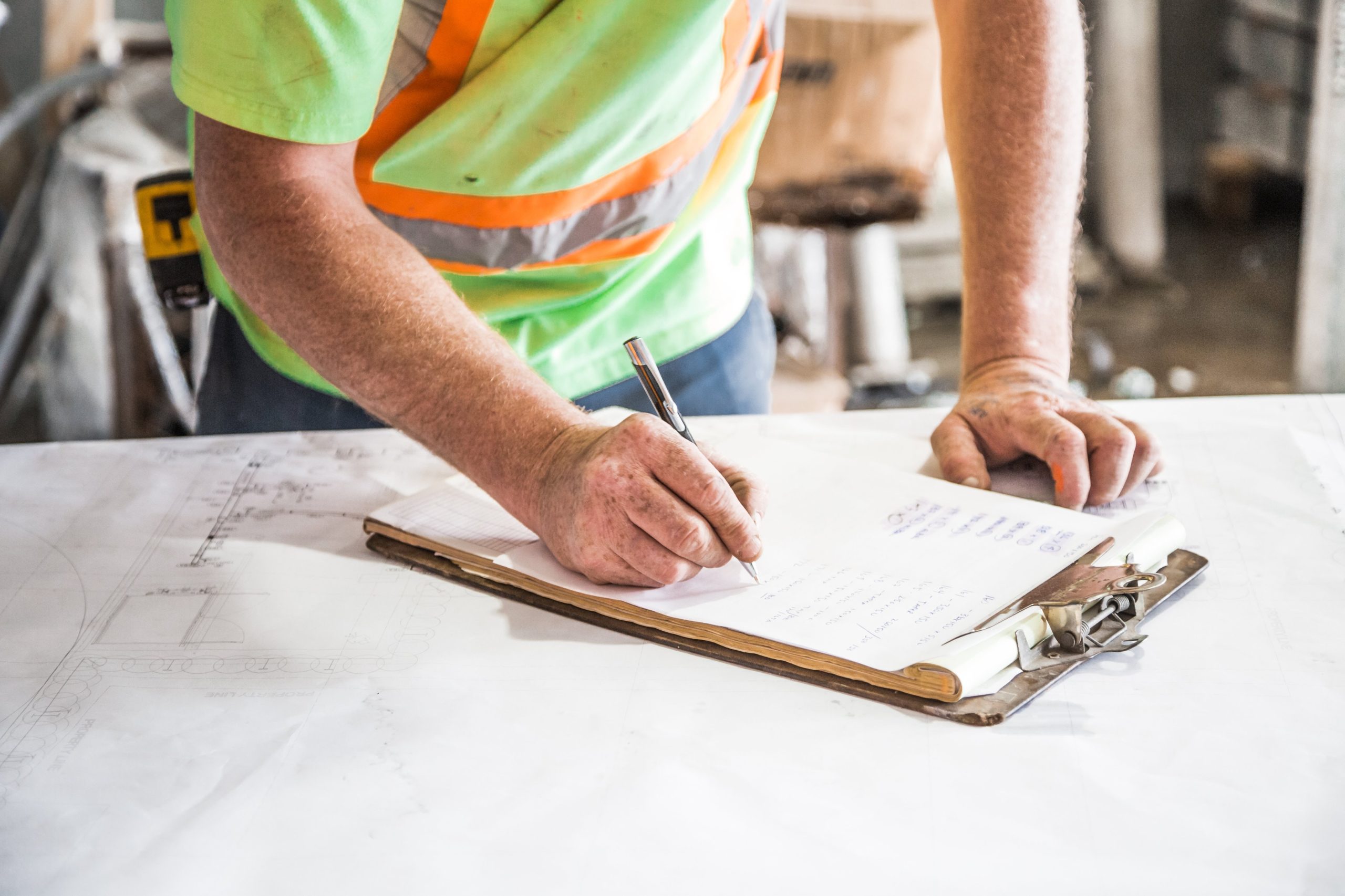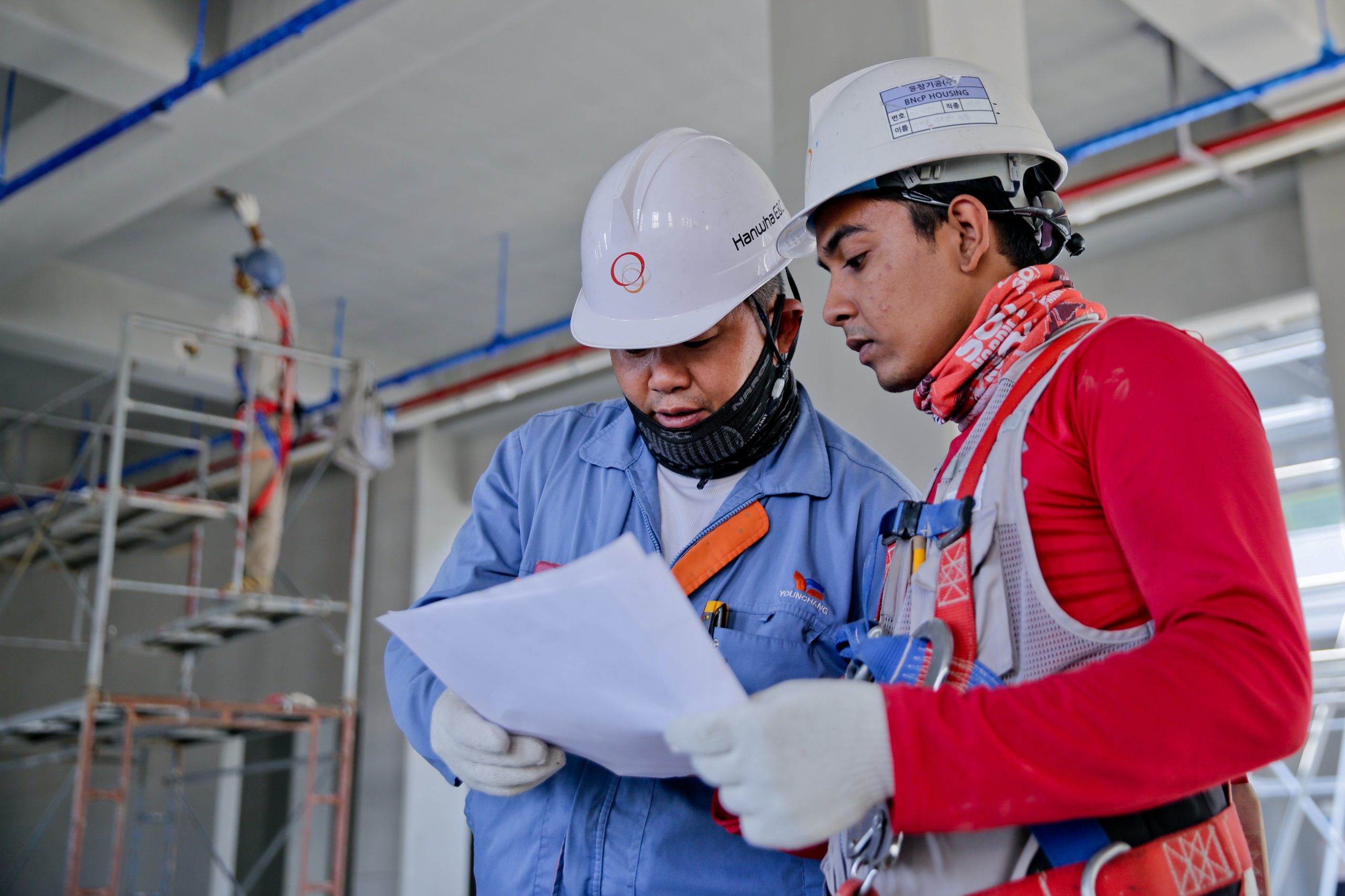Whether you run a bustling high street salon or manage a team of 50 across multiple sites, one thing remains the same: you need to manage risk. But how you go about it should look very different.
Too often, risk assessments are treated as an exercise in paperwork — copied, generic and quickly forgotten. In reality, they should be dynamic tools that evolve with your business. A risk assessment that’s bloated with irrelevant hazards is just as dangerous as having none at all. Why? Because no one reads it. No one uses it.
That’s why tailoring your risk assessment to your specific business size and structure is more than just good practice — it’s crucial in keeping your people safe and your operations compliant.
In this article, we’ll unpack what a good risk assessment looks like for different types of businesses, how to prioritise the risks that matter and why customisation can save you time, money and, potentially, lives.
Why Business Size (and Context) Matters
Risk assessments aren’t just about ticking off hazards – they’re about understanding how those hazards interact with the day-to-day running of your business. And size plays a huge role in that.
Take a two-person design studio and a multi-site medical group. The studio might need to focus on ergonomic risks, lone working and mental wellbeing. The medical group, on the other hand, faces more complex risks—clinical waste, infection control, medication storage—all of which require layered controls, formal procedures and regular monitoring.
Each scenario calls for a different level of detail, structure and resource. When businesses try to shoehorn themselves into a one-size-fits-all template, they either overcomplicate things or leave key risks unaddressed. Neither outcome is good for safety — or compliance.
RAMS for Small Businesses: Keeping It Simple
If you’re an SME, you’re likely balancing limited time, resources and maybe even wearing multiple hats yourself. That’s exactly why your risk assessments need to work with your business, not against it.
Take RAMS — Risk Assessments and Method Statements. While they’re commonly associated with larger construction or engineering firms, they can be equally valuable for small businesses when used appropriately. The trick is keeping them proportionate.
In smaller teams, risk assessments should be concise, focused and easily reviewed. Instead of creating documentation for every possible situation, hone in on the few activities that carry real risk. You’ll save time, reduce confusion and still meet your legal duties.
How Do We Calculate the Risk Factor?
One of the most common questions we’re asked is: how do you actually measure risk? It’s a valid concern, especially for small business owners juggling a million other responsibilities.
The most widely used method is simple and intuitive — multiplying the likelihood of something happening by how severe the outcome would be. For example, if your team regularly handles cleaning chemicals without gloves, the chance of exposure might be fairly high. Combine that with the possibility of skin irritation or burns and you’ve got a meaningful risk that needs addressing.
This way of scoring risk allows you to prioritise. If something is both likely and serious, it demands prompt action. If it’s low in both respects, it might just need to be monitored. Whether you use a colour-coded chart or a spreadsheet, the goal is the same: focus your energy where it counts.
Making It Work for Your Business
Tailoring risk assessments isn’t about overhauling your business operations. It’s about making small, considered adjustments that reflect the way your team actually works.
If you’re a microbusiness, one assessment might cover several low-risk activities. You don’t need pages of procedures if you’re not using hazardous machinery or storing chemicals. Focus on what could realistically go wrong and build simple steps to reduce the chance of harm.
As you grow, things naturally become more complex. A small but expanding marketing agency, for instance, might start to need risk assessments for remote working, off-site client meetings, or the use of shared office equipment. These can still be light-touch, but they should be relevant to the roles involved.
For larger businesses with more locations or varied teams, it’s useful to have structure — site-specific assessments, departmental reviews and perhaps even software to help monitor updates. But again, complexity should be introduced for clarity, not for the sake of it.
How The Health & Safety Dept Can Support You
We know that navigating risk assessments isn’t always straightforward, especially when you’re trying to interpret guidance meant for much larger businesses. That’s where we come in.
At The Health & Safety Dept, our goal is to make health and safety feel achievable, not overwhelming. Whether you’re running a small team or scaling up rapidly, we’ll work with you to design processes that are clear, proportionate and useful.
We can visit your site, talk through your day-to-day operations, and identify where risk assessments can add real value — without the fluff. From custom RAMS for specific projects to helping you understand how to calculate risk factors, we offer support that’s grounded in the realities of running a business.
Take The Stress Out of Risk Assessment
Your risk assessments should reflect how your business actually works — not how someone else thinks it should.
By tailoring your approach, you make health and safety something your team can actually engage with. You make compliance easier. And most importantly, you make your workplace safer.
If you’re ready to take a fresh look at your risk assessments, we’re ready to help. Get in touch with your local Health & Safety Dept today — we’ll help you build processes that fit your business and protect your people.
